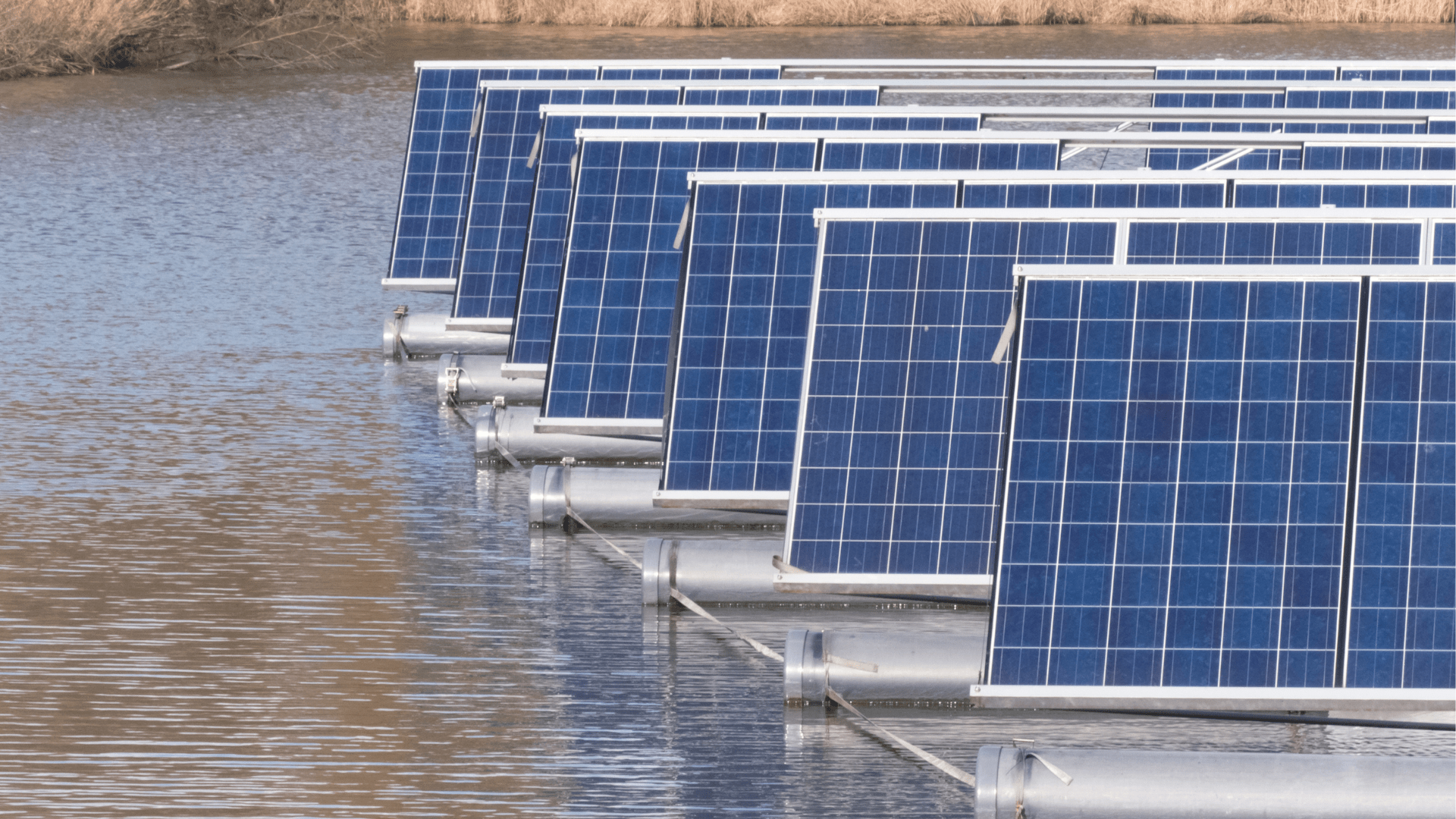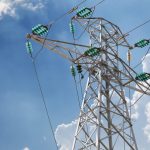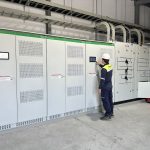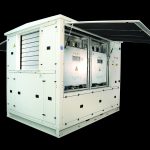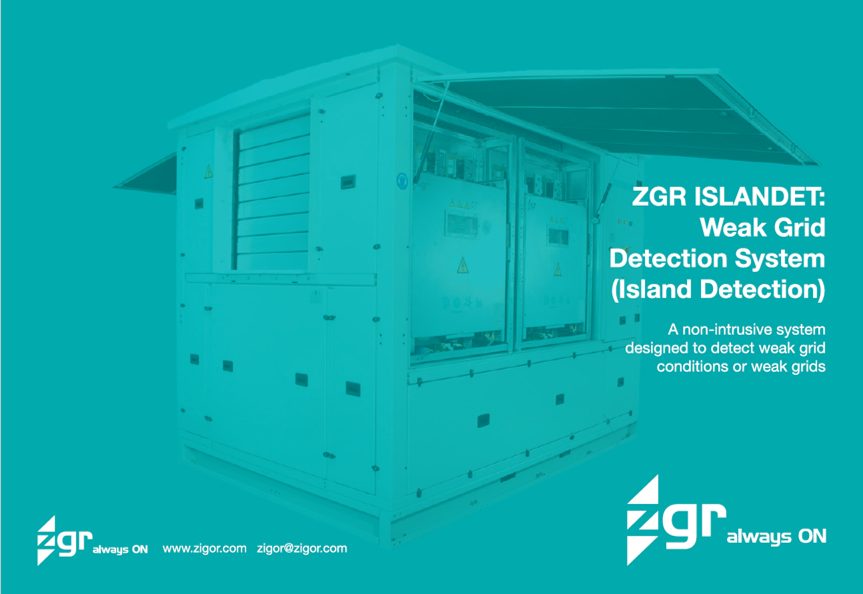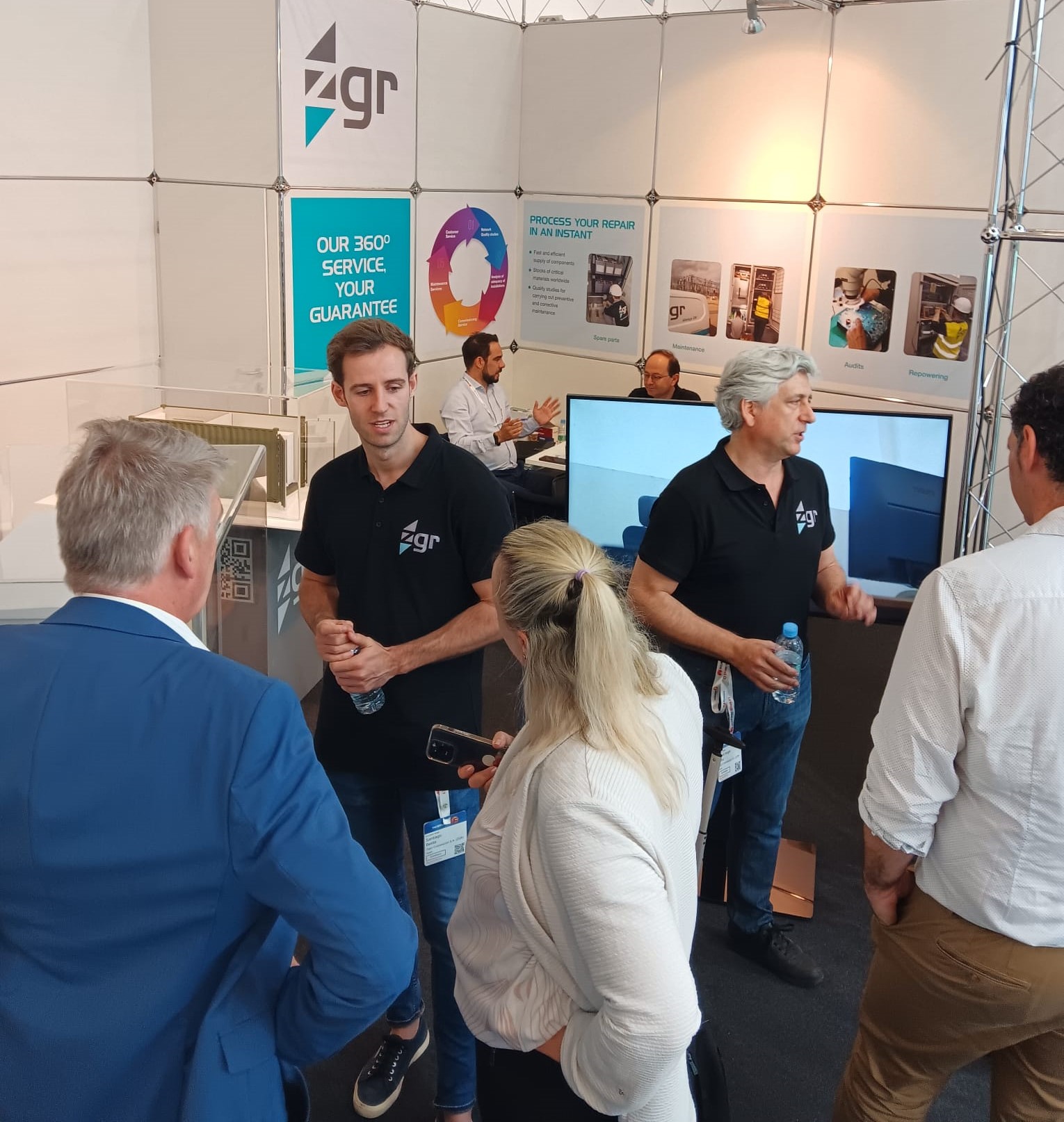Floating solar power plants for irrigation communities are opening up a new market for photovoltaics, and we believe that they will be a trend by 2023. In this article we advance some data and give keys for interested professionals.
One of the great advantages of photovoltaics is that it is highly adaptable. The versatility and flexibility of this technology makes it possible to create solar plants on the ground, on industrial roofs, building rooftops… One of the least common modalities in Europe (but not in Asia) are floating solar plants, which are located in stagnant waters such as lakes, irrigation ponds, swamps or irrigation canals. It can be a solution to advance energy sustainability in agriculture.
Agricultural self-consumption: The floating solar power plant solution
The agricultural sector already accounts for 25% of the photovoltaic plants for self-consumption in our country, according to data from UNEF (Spanish Photovoltaic Union) collected by Fenacore (National Federation of Irrigation Communities, which currently has more than 700,000 irrigators and 80% of the national irrigated land grouped in irrigation communities).
Rising energy costs are forcing farmers to look for alternatives to compensate for the extra costs. According to the same sources, in the last three years, solar plants with an accumulated power of around 25 MW have been installed in the Spanish agricultural sector, allowing farmers to save up to 60% on electricity once the investment in the panels has been amortized, according to the “Energías Renovables” news web.
European structural fund subsidies cover up to 65% of the investment and this, together with the growing competitiveness and cost reduction of photovoltaic equipment, is turning the use of solar energy into a long-term alternative for irrigation communities and the irrigation sector in general.
Floating solar power plants are an innovative model within the renewable energy sector and represent a further step towards energy sustainability in the agricultural sector.
Advantages of floating solar power plants for irrigation communities
In addition to the energy savings and the reduction of the current electricity cost overruns due to the current energy crisis, the advantages of floating solar power plants are manifold. The most important of these are:
Minimal land consumption
As they are built on water, they do not require to occupied land space. They are installed on floating surfaces over standing water (marshes, hydroelectric dams, irrigation ponds) and do not interfere with its use. It is, therefore, a solution for irrigation communities with small extensions. According to the same sources, in Andalusia alone there are some 10,000 ponds that could house floating panels.
Increased efficiency
The water on which the panels are installed produces a cooling effect that reduces the ambient temperature of the panels and increases humidity. This, according to some experts, improves the efficiency of the solar power plant by 10-15%.
Reduced maintenance
These floating power plants do not require frequent cleaning. Being in the water, the amount of dust is less and therefore maintenance costs are reduced.
Reduced water evaporation
The solar panels cover a large part of the water surface where they are located, thus reducing water evaporation by up to 85%. In this way, greater use is made of the water in the pond or irrigation channel.
Monitoring and control systems
As in other self-consumption communities (industrial, residential), with a suitable monitoring and control system, all irrigators have real-time information on the amount of energy generated, and can benefit from it in each of their plots. Monitoring not only allows efficiency gains in generation, but also streamlines and simplifies the management of the energy community created.
A major challenge is that the cost of floating PV is slightly higher than terrestrial PV and the regulatory regime is weak in many countries.
Elements that make up floating solar power plants
Floating solar power plants offer a photovoltaic system with some particularities, as a result of their adaptation to the aquatic environment.
On the one hand, inverters specially prepared for outdoors and sudden changes in temperature are required, as well as fixed structures but with specific degrees of inclination, which can vary between 5º and 15º.
Possibly one of the most characteristic and essential elements are floating systems that allow the panel structure to be supported, on which the installation is suspended, with its corresponding mooring systems to adjust to fluctuations in the water level.
The wiring in these installations is usually underwater, through which the energy generated will be conducted to the terminal electrical substation.
ZGR inverters prepared for floating solar power plants
ZGR’s extensive experience as a manufacturer of solar inverters enables it to develop devices specially designed for floating solar power plants. In our inverter range, there are three models especially suitable for this type of solar power plants:
- ZGR STR 250: This is an inverter that offers very good solutions for floating PV plants or agricultural PV plants. It offers a very high energy yield (over 98%) and is ideal for medium to large infrastructures.
- ZGR STR 120 and 200: These are user-friendly inverters that have been designed to meet the needs of all grid-connected solar power plants. Like the STR 250 and the rest of the ZGR inverter range, they have a monitoring and control system that maximizes efficiency and facilitates inverter management.
In addition, the importance of a good transformer must also be considered:
ZGR SOLAR STS 2500 / 3500/ 5000. STRING STATION: It is a plug and play solution in Skid, fully equipped with inverters optionally connected to a transformer station and MV switchgear, as well as auxiliary services and communications for use in PV installations. It is a turnkey solution that increases the overall efficiency of a conversion system and reduces installation costs. All the electronic equipment is adapted according to the technical needs required by the installation. In addition, the equipment can be combined to achieve maximum performance, efficiency, and uninterrupted operation throughout its lifetime.
Floating solar power plants, a growing market
From California to Côte d’Ivoire, floating solar power plants on irrigation canals or reservoirs are becoming increasingly common. Currently, most of the world’s installed capacity is in Asia, where large-scale floating solar installations exist in China, Korea and Japan.
Africa is now also a continent that is starting to have large-scale floating solar power plant projects; projects that are much needed to provide energy to isolated areas and for priority functions such as pumping water needed to irrigate crops at critical times of drought due to climate change. For Spanish companies, floating solar power plant projects in Africa are a growing market, which also has the support of European development cooperation funds.
For their part, the floating solar power plants that have been installed in Spain are mostly for self-consumption to feed the irrigation systems of irrigation communities, some of the latest to be built are in Andalusia.
Among our neighbors, Portugal is one of the most important, where they are also being developed by Spanish groups. France and Switzerland are also countries in our neighborhoods that are considering them.
A few figures on the growth of floating solar power plants
According to the World Bank, in 2018 the cumulative installed capacity of floating solar power was close to 1.1 GWp. This is the same milestone reached by ground-mounted photovoltaics in 2000 (source: Endesa). There is therefore still a long way to go and a great opportunity for expansion. Our analyses lead us to consider it one of the major trends in PV in 2023.
UNEF also points in this direction in its latest analyses. As it points out in one of its latest articles: “Floating solar PV plants are gaining ground worldwide, with projects underway in more than 60 countries. By 2021, around 1.6 GW of floating PV had been deployed and the sector could reach up to 4.8 GW by 2026. And this is just the beginning. In Europe alone, floating PV could generate 25 GW on inland waters and 45 GW offshore.
In Europe alone, floating PV could generate 25 GW in inland waters and 45 GW at sea.
If you have projects in this field or are thinking of developing one, please contact us and we will be happy to provide you with our experience, both at national and international level, especially in Africa. We believe in cooperation, and we like to add value. Shall we talk?.
References:
COIAMR (Colegio Oficial de Ingenieros Agrónomos de la Región de Murcia): “La Federación de regantes recomienda el uso de placas solares flotantes en las balsas de riego”.
RENEWABLE ENERGIES: “The agricultural sector accounts for 25% of photovoltaic plants for self-consumption”.
UNEF: “Floating photovoltaic: The next growing solar market in Europe”.
